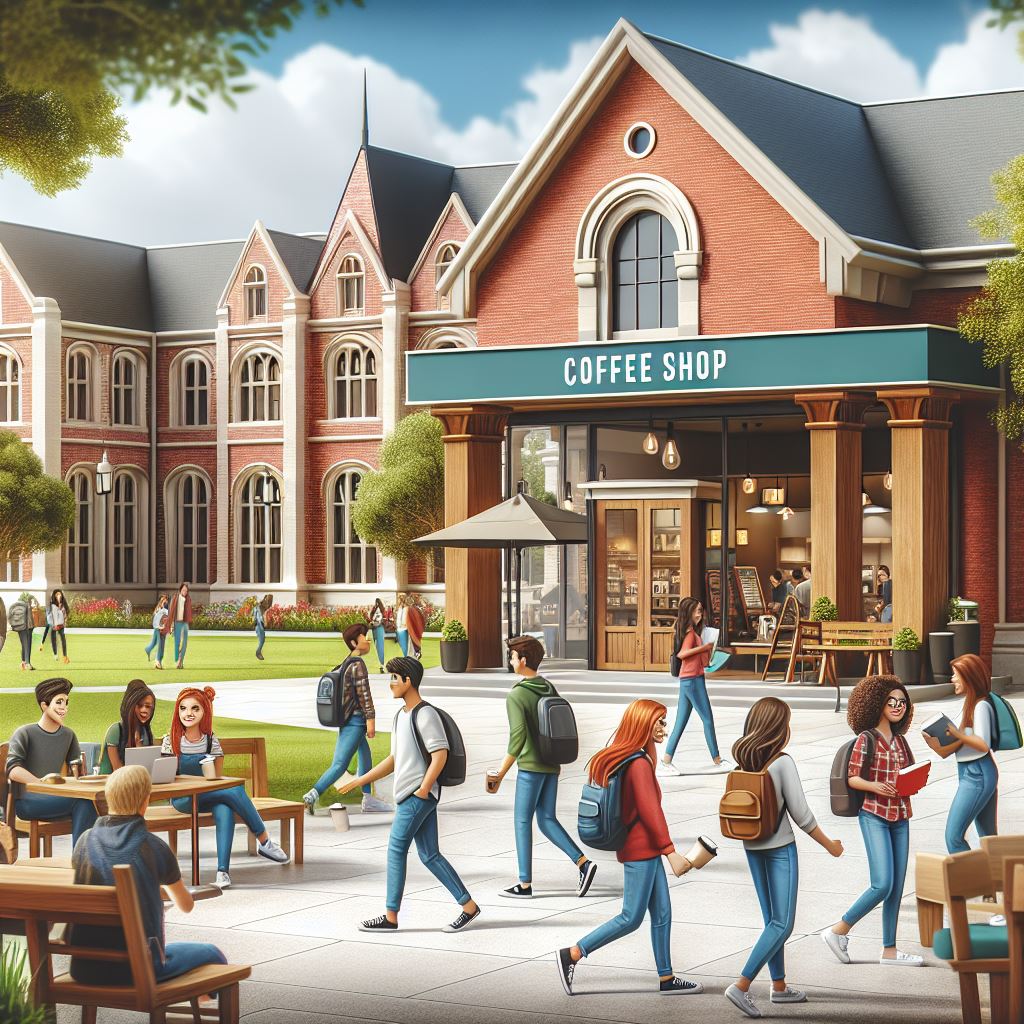
Perhaps not often enough.
Recently, I had the pleasure of spending two and a half days on a college campus. I attended finance committee, student affairs, academic affairs, and trustee meetings.
I was there to listen and observe; to fully grasp what was happening on campus to understand resource allocation priorities. This approach is aligned with using design thinking methodology to solve problems. Whether redesigning a business process, thinking about new revenue streams, or launching a new product line, the methodology remains the same.
In the first two phases of design thinking, it’s all about understanding the problem and empathizing with those you are trying to help. This requires not only understanding everyone impacted by a change or decision but also getting out of the office and interacting with the problem and the people impacted by it as much as possible. This concept is referred to as “design with, not for.”
In the finance department, we wield significant influence and power over how dollars are allocated. If we are not walking around campus, going in and out of classrooms, seeing what’s happening in residence halls, and engaging with students, faculty, and staff, we cannot fully appreciate where to invest and when.
During times when dollars are tight, we receive multiple requests for additional resources and are often seen as the “no” people. Each priority throughout the campus is viewed through the lens of the person requesting it. The critical responsibility for finance is to decide where to invest those dollars and in what order, understanding which investments will yield the highest return.
This is a difficult task. It is hard to determine whether upgrading a facility will have more impact on the student experience than adding a sport or investing in career services and internship opportunities.
Like most people, I learn best through experience. Walking around campus, speaking with students, faculty, and staff, and attending meetings helps us gain a holistic understanding of the problem.
I walked away from these two and a half days feeling energized and hopeful for the future of higher education. I also have a better understanding and appreciation of the student experience. This will allow me to participate in resource discussions more meaningfully.
The important lesson here is to take the time to leave the office, walk around, and get to know what’s really happening. This exercise helps to inform critical decisions and understand and prioritize the problems you are solving. As we all compete for the same declining population of undergraduate students, understanding and empathy will become increasingly important.
We created this image using Copilot.